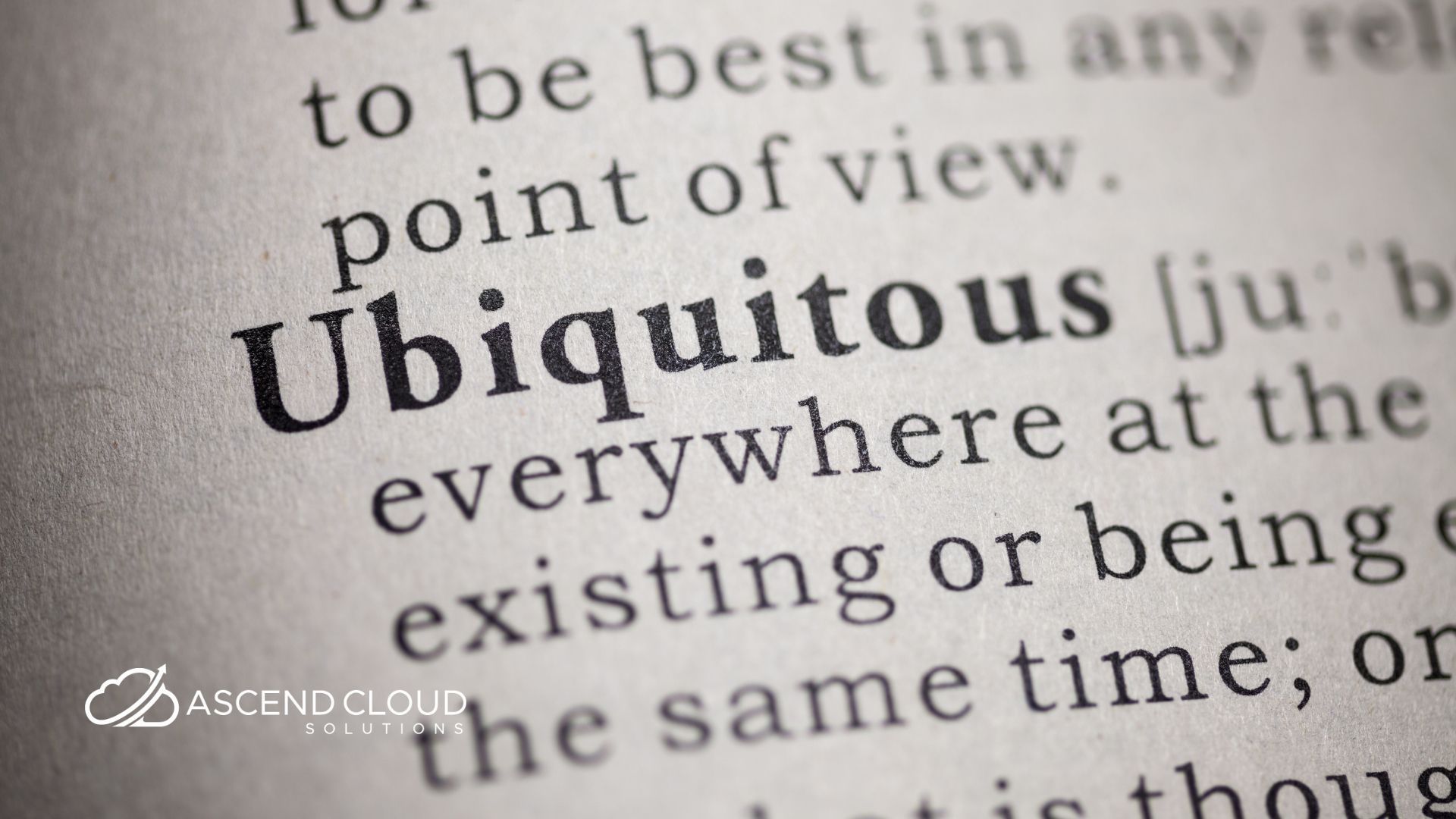The Ubiquitous and Versatile: A Deep Dive into the Use of "Of"

"Of" – a seemingly simple two-letter preposition – is a cornerstone of the English language. Its unassuming presence belies its crucial role in constructing meaning, establishing relationships between words, and adding nuance to our communication. This article will delve into the multifaceted uses of "of," exploring its various grammatical functions, common idioms, and potential pitfalls for learners. Understanding the intricacies of "of" is essential for mastering English grammar and achieving clarity in both writing and speech.
1. The Genitive Case (Possession and Relationship):
One of the most fundamental uses of "of" is to express possession or a relationship between two nouns. This often replaces the possessive apostrophe (‘s), particularly when dealing with inanimate objects or complex noun phrases.
- Possession: "The wheels of the car" (instead of "the car’s wheels"). Here, "of" connects "wheels" to "car," indicating that the wheels belong to the car.
- Relationship: "The history of the Roman Empire." "Of" establishes a connection between "history" and "Roman Empire," indicating the subject matter of the history.
- Origin/Source: "A glass of water." "Of" indicates the origin or source of the water – it’s contained within a glass.
- Characteristic/Quality: "A man of courage." "Of" describes a characteristic or quality that the man possesses.
- Representation: "A picture of my family." "Of" shows that the picture represents or depicts the family.

Using "of" in this context allows for greater flexibility and precision compared to relying solely on the possessive apostrophe. For instance, "The decision of the board of directors" is clearer and more formal than "The board of directors’ decision."
2. Partitive Constructions (Quantity and Selection):
"Of" is vital in partitive constructions, indicating a part or portion of a whole. These constructions often involve quantifiers, numbers, or descriptive adjectives.
- Quantifiers: "Some of the students," "All of the books," "Many of the problems." "Of" connects the quantifier to the larger group being referenced.
- Numbers: "Two of the apples," "Half of the cake," "One of my friends." "Of" specifies a particular number of items from a larger set.
- Adjectives: "The best of the movies," "The worst of the experiences," "The most important of the tasks." "Of" selects the superlative adjective as representing a part of a larger group.
- Collective Nouns: "A group of people," "A flock of birds," "A herd of cattle." "Of" connects the collective noun to the individual members of the group.

In these constructions, "of" helps to delineate a specific subset from a larger entity, making the statement more precise.

3. Attributive Adjectives (Description and Classification):
"Of" can function as an attributive adjective, providing descriptive information about a noun. This usage is particularly common in formal writing.
- "A city of dreams" (describes the city as being associated with dreams).
- "A land of opportunity" (describes the land as offering opportunities).
- "A house of cards" (describes the house as being fragile and unstable).
- "A moment of truth" (describes the moment as being significant and revealing).
In these examples, "of" connects the noun with another noun that functions as an adjective, providing a more evocative and descriptive image.
4. Verb Complements (Completing the Meaning of a Verb):
Certain verbs require "of" to connect them to their object or complement, completing their meaning.
- Consist of: "The team consists of five players." "Of" is essential to connect "consists" to the elements that make up the team.
- Remind of: "This song reminds me of my childhood." "Of" is necessary to link "reminds" to the memory being evoked.
- Smell of: "The room smells of lavender." "Of" connects "smells" to the scent emanating from the room.
- Think of: "I’m thinking of buying a new car." "Of" is needed to connect "thinking" to the idea being considered.
- Approve of: "I don’t approve of your behavior." "Of" links "approve" to the action being judged.
These verb + "of" combinations are fixed expressions, and using a different preposition or omitting "of" can significantly alter or invalidate the sentence’s meaning.
5. Idiomatic Expressions:
"Of" appears in countless idiomatic expressions, which are phrases whose meaning cannot be deduced from the individual words. These idioms are an integral part of the English language and add color and depth to communication.
- A matter of time: "It’s only a matter of time before he succeeds."
- Out of the blue: "He called me out of the blue after years of silence."
- Take care of: "Please take care of yourself."
- A piece of cake: "The exam was a piece of cake."
- Get rid of: "I need to get rid of these old clothes."
- In charge of: "She is in charge of the marketing department."
- Afraid of: "I am afraid of spiders."
- Fond of: "I am fond of reading books."
Mastering these idioms requires memorization and exposure to the language in context. They often cannot be translated literally and contribute significantly to fluency.
6. Potential Pitfalls and Common Mistakes:
Despite its prevalence, "of" can be a source of confusion for learners of English. Here are some common mistakes to avoid:
- Confusing "of" with "have": In spoken English, the weak pronunciation of "have" (often /əv/) can be mistaken for "of." This leads to errors like "should of" instead of "should have." Remember that "have" is used as an auxiliary verb, while "of" is a preposition.
- Unnecessary "of": Avoid using "of" where it is grammatically redundant. For example, "outside of the house" is often shortened to "outside the house." Similarly, "inside of the box" can be simply "inside the box."
- Incorrect Preposition Combinations: Certain verbs and adjectives require specific prepositions other than "of." For example, "depend on," "interested in," "responsible for," and "similar to" are fixed combinations.
- Overusing "of": While "of" is versatile, overusing it can make writing sound clunky and formal. Consider alternative phrasing, such as using possessive adjectives or rephrasing the sentence entirely.
- Forgetting "of" in necessary constructions: As mentioned earlier, certain verbs and idioms require "of" for grammatical correctness and meaning. Forgetting it can lead to ungrammatical and confusing sentences.
7. Refining Your Use of "Of":
To improve your mastery of "of," consider the following strategies:
- Read Widely: Pay attention to how "of" is used in various contexts, from novels and newspapers to academic articles and everyday conversations.
- Practice Regularly: Write and speak English frequently, consciously incorporating "of" in its various functions.
- Consult a Grammar Guide: Refer to a comprehensive grammar guide for detailed explanations and examples of "of" usage.
- Seek Feedback: Ask native English speakers to review your writing and provide feedback on your use of "of."
- Focus on Common Idioms: Learn and practice using common idioms that contain "of."
- Pay Attention to Verb-Preposition Combinations: Memorize the correct preposition combinations for common verbs and adjectives.
By actively engaging with the language and paying attention to the nuances of "of," you can significantly improve your English proficiency and communicate with greater clarity and confidence.
FAQ (Frequently Asked Questions):
Q: When should I use "of" instead of the possessive apostrophe (‘s)?
- A: Use "of" when referring to inanimate objects ("the leg of the table"), complex noun phrases ("the opinion of the majority"), or when you want to emphasize the relationship rather than strict ownership. The possessive apostrophe is generally preferred for animate objects and people ("John’s car").
Q: Is it always necessary to include "of" in partitive constructions?
- A: Generally, yes. Omitting "of" in sentences like "Some students are absent" changes the meaning. "Some of the students are absent" implies you’re referring to a specific group.
Q: How can I avoid overusing "of" in my writing?
- A: Look for opportunities to rephrase sentences using possessive adjectives ("My house’s roof" becomes "My house roof" or "The roof of my house"). Consider using stronger verbs or more concise phrasing.
Q: What’s the difference between "off" and "of"?
- A: "Off" is an adverb or preposition indicating separation, distance, or a state of being inactive ("Turn the lights off"). "Of" is a preposition expressing relationships, possession, or partitive constructions.
Q: Are there any regional variations in the use of "of"?
- A: While the core grammatical functions of "of" are consistent across different dialects of English, some idiomatic expressions and colloquialisms may vary regionally.
Conclusion:
The preposition "of" is a fundamental building block of the English language, serving a multitude of grammatical functions and enriching our communication. From expressing possession and relationships to indicating quantity and serving as a component of countless idioms, "of" is an indispensable tool for conveying meaning with precision and nuance. While its seemingly simple form can be deceptive, a thorough understanding of its various uses is crucial for mastering English grammar and achieving fluency. By actively studying, practicing, and paying attention to the nuances of "of," learners can unlock its full potential and elevate their language skills to new heights. The mastery of "of" is not just about avoiding errors; it’s about embracing the richness and complexity of the English language.
